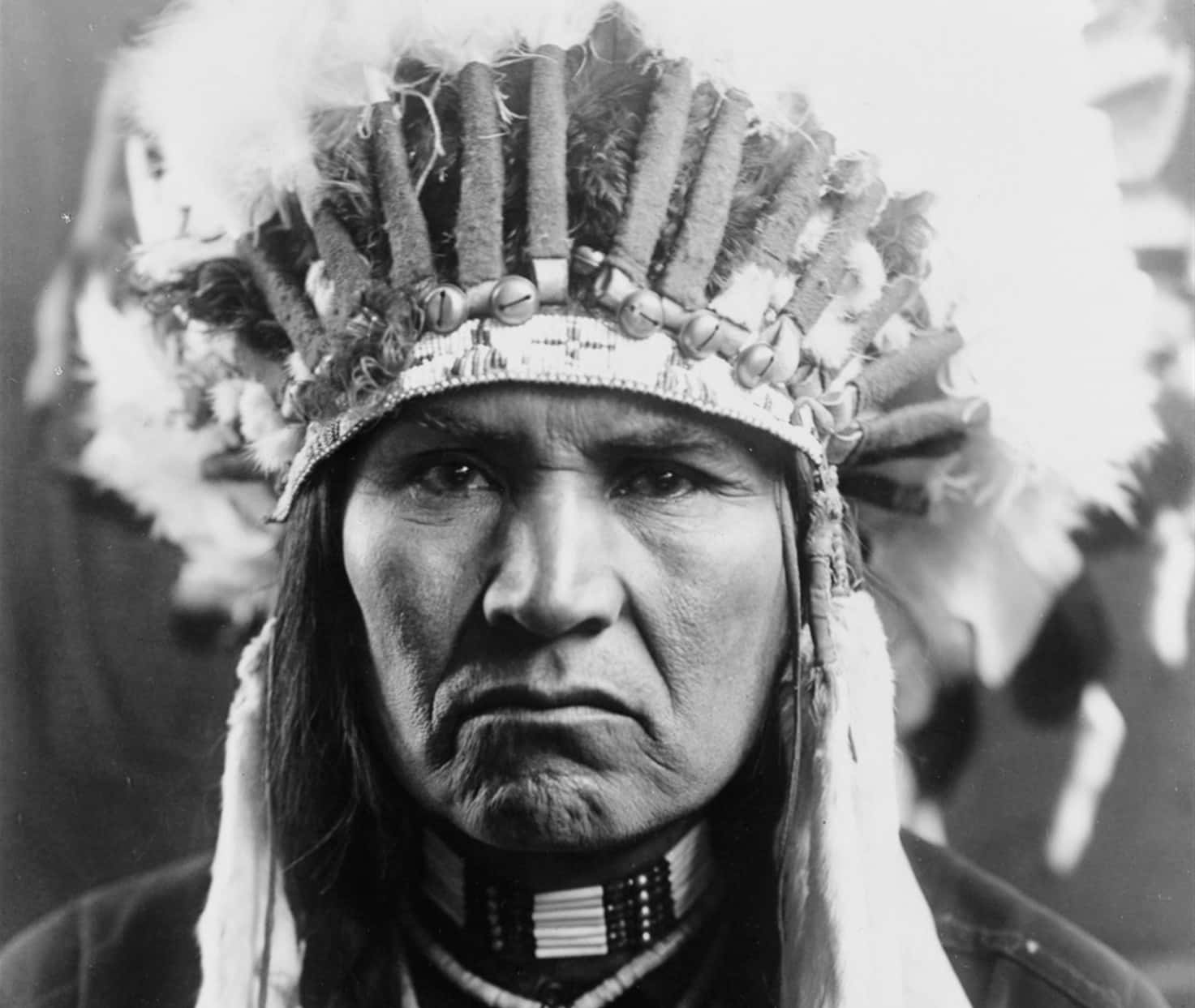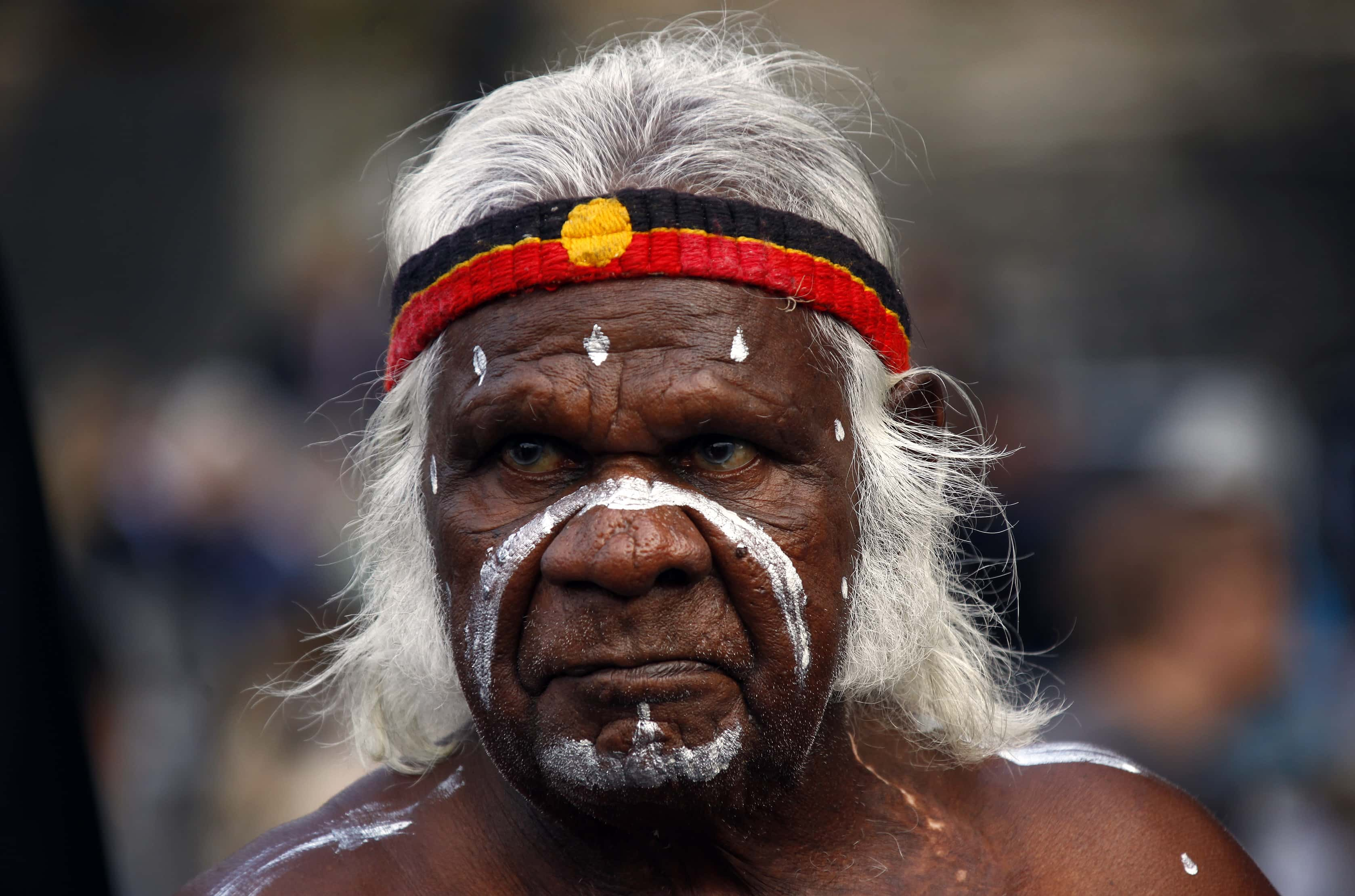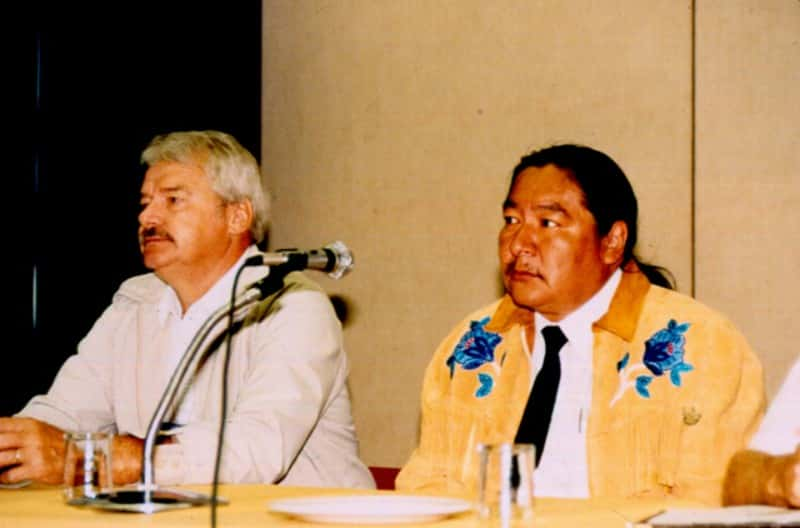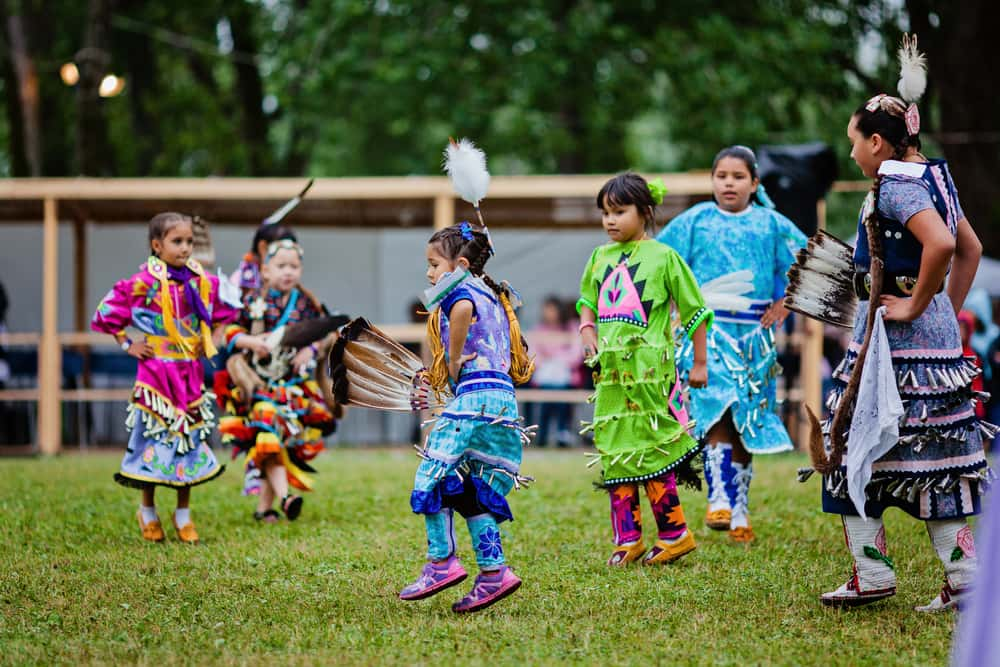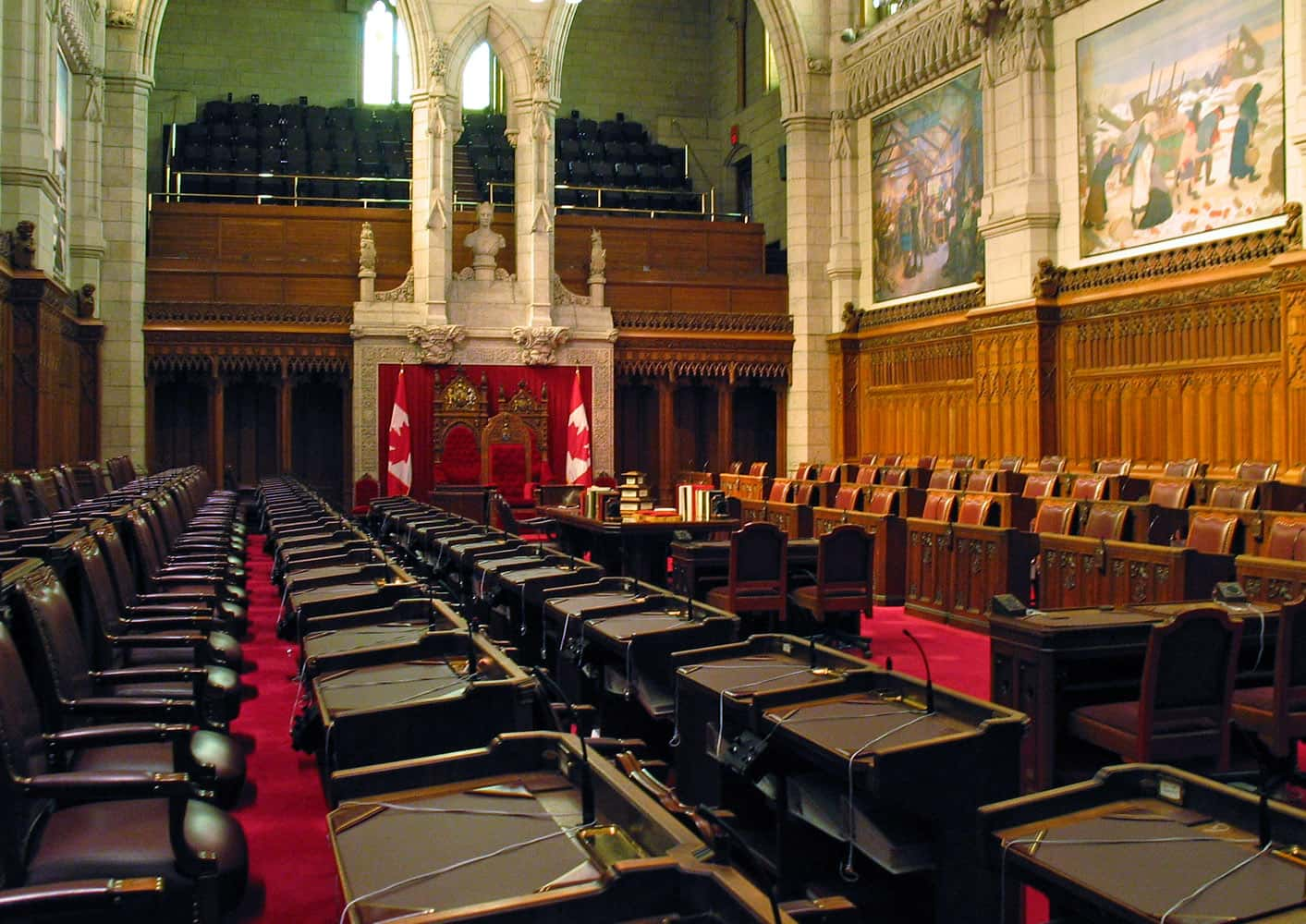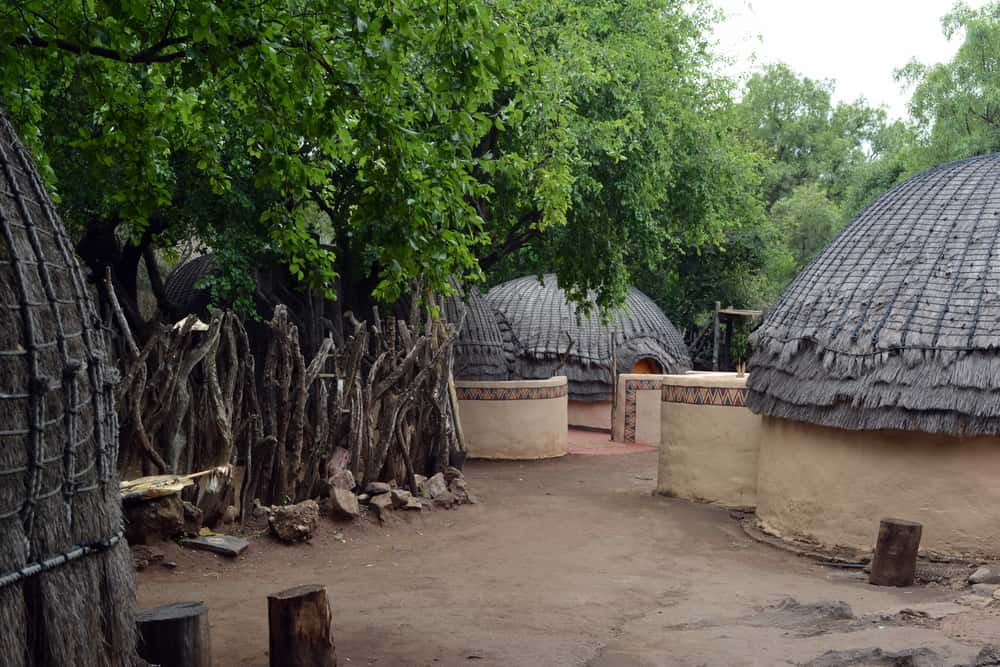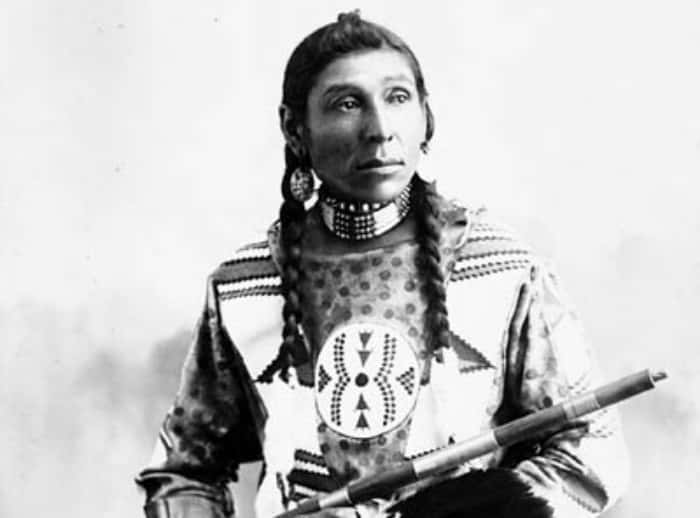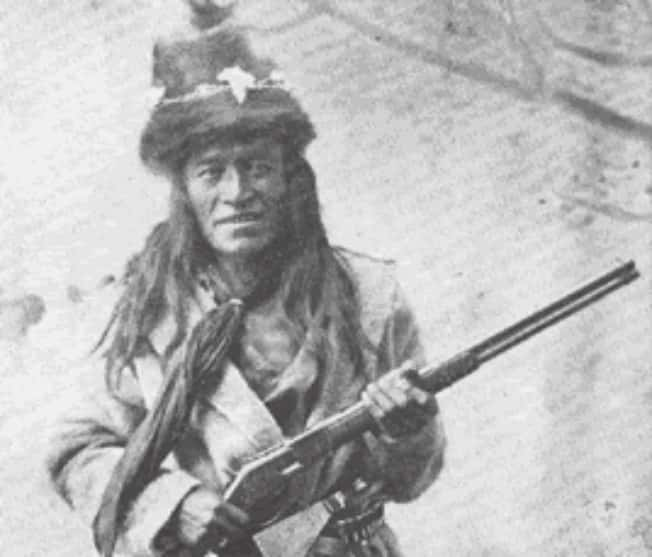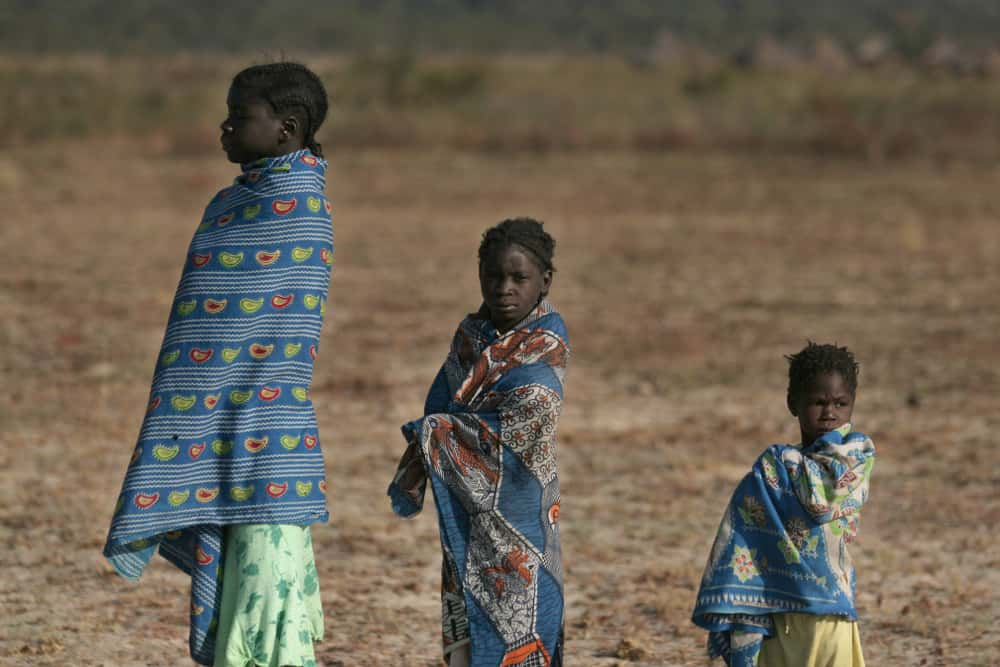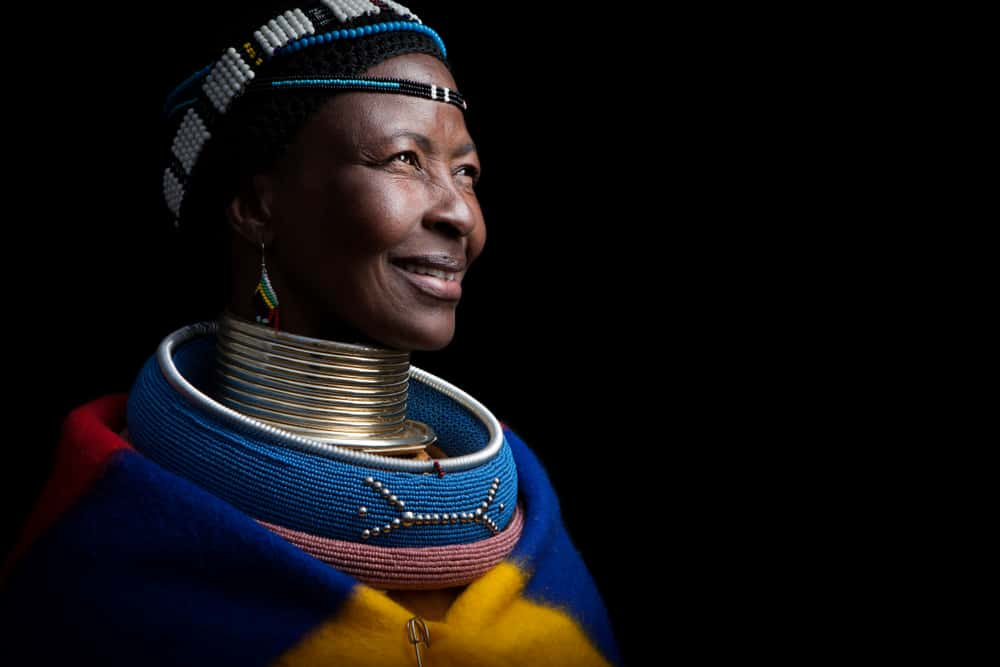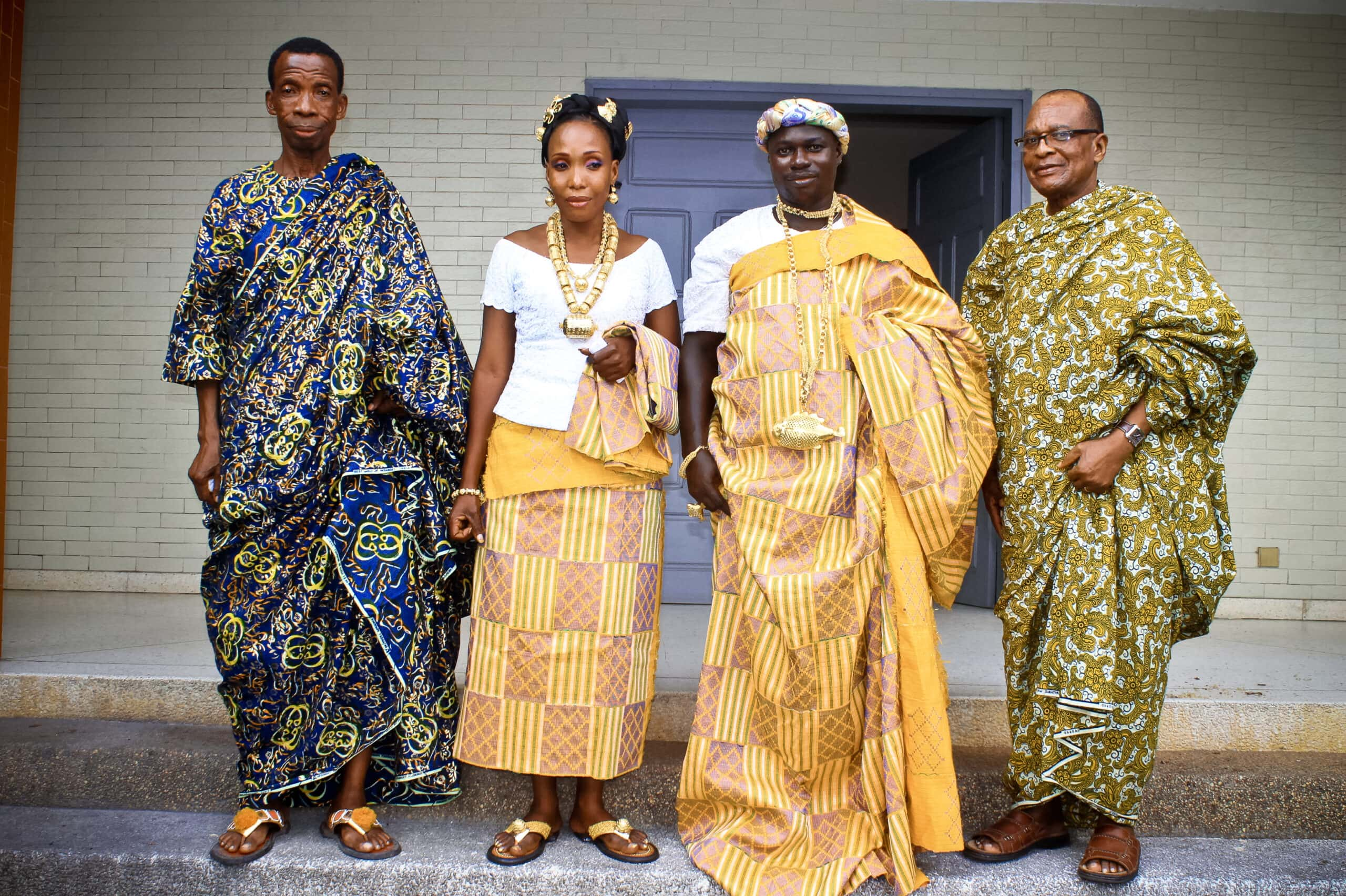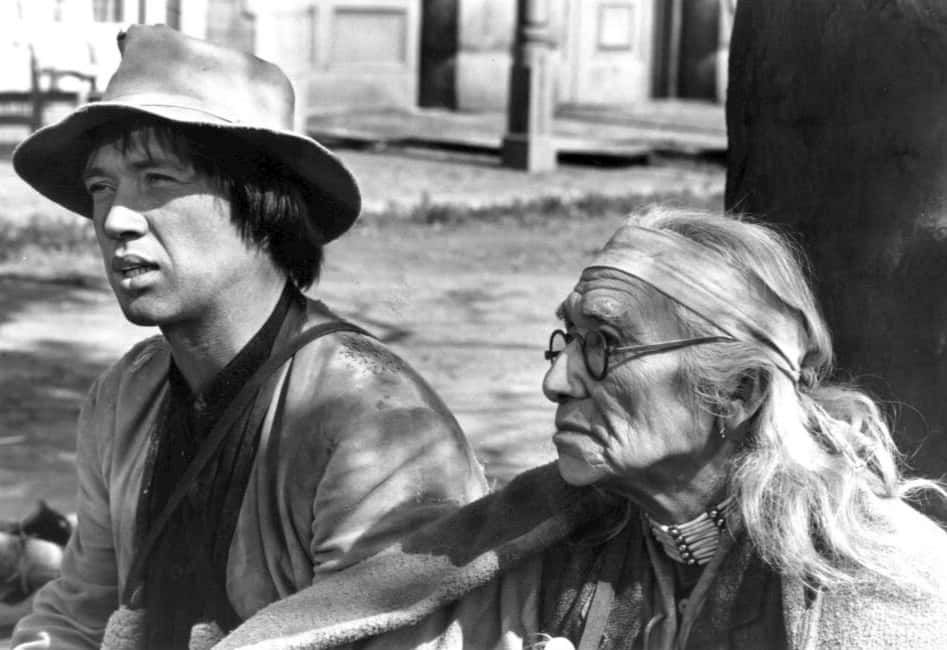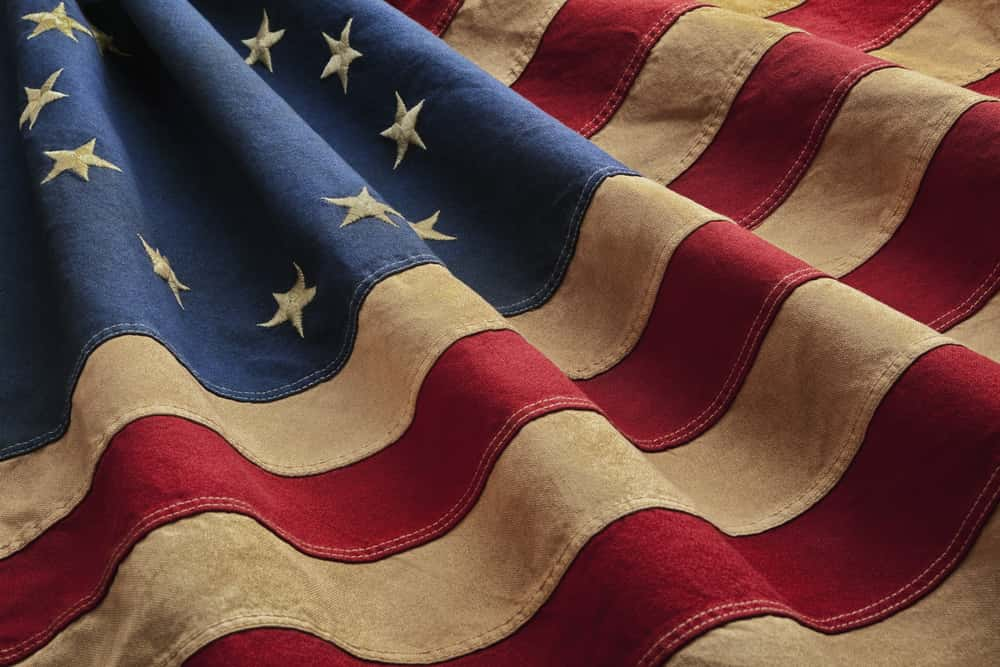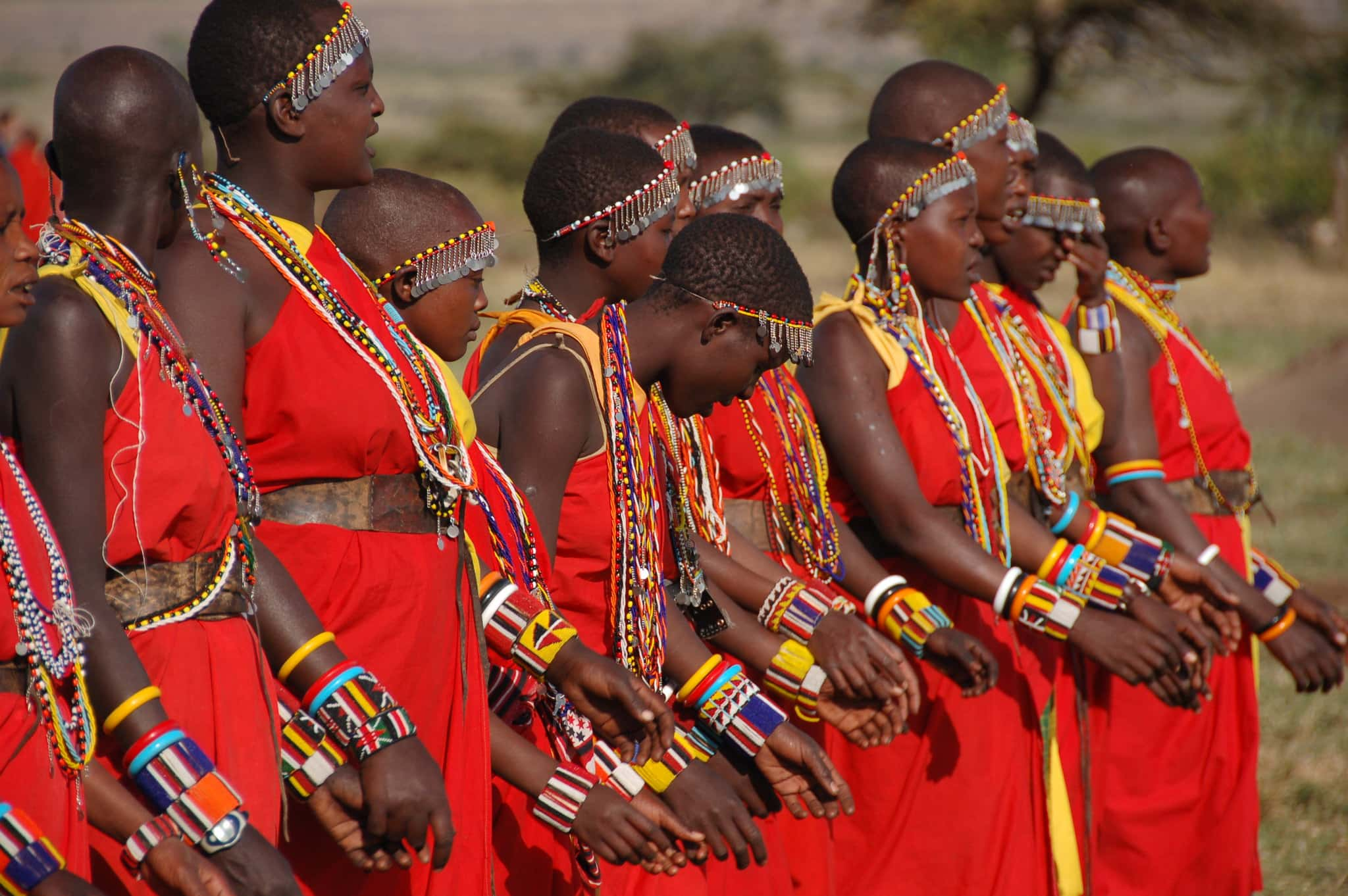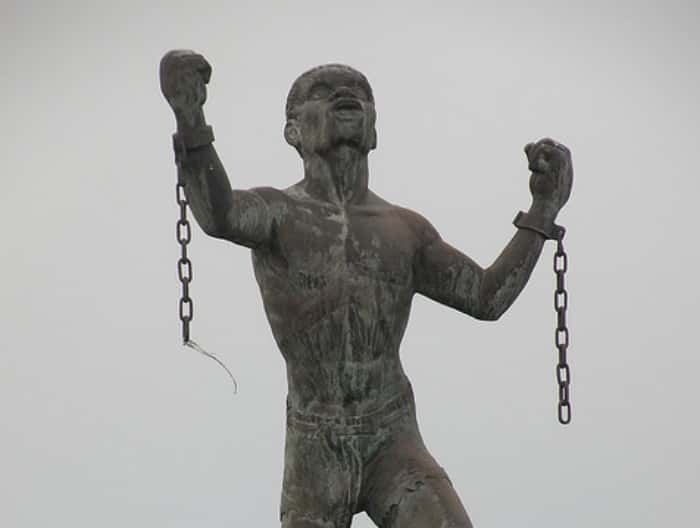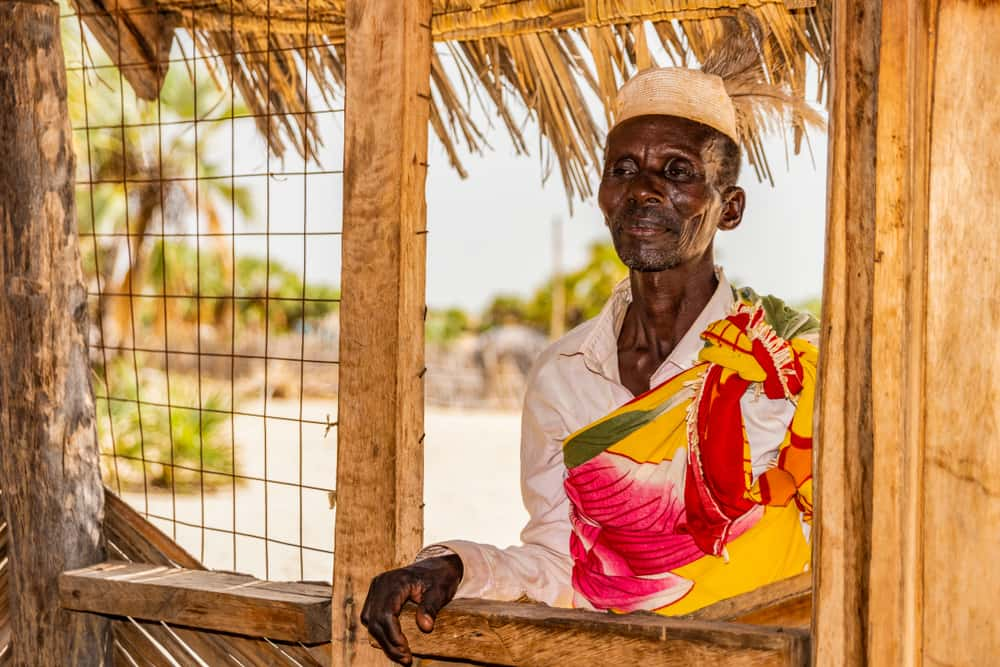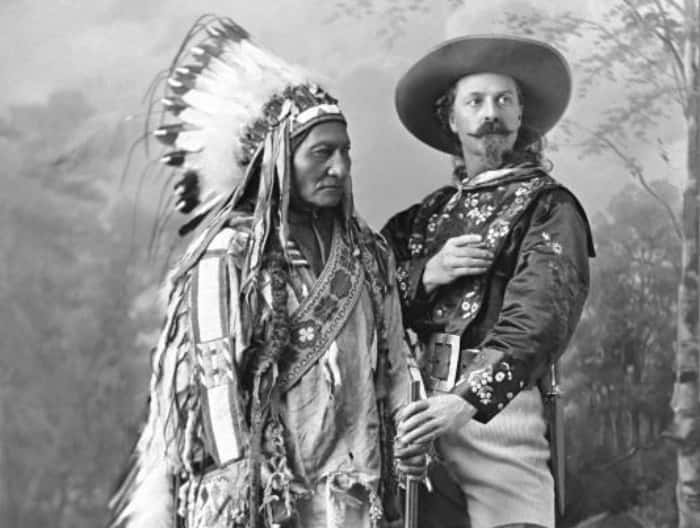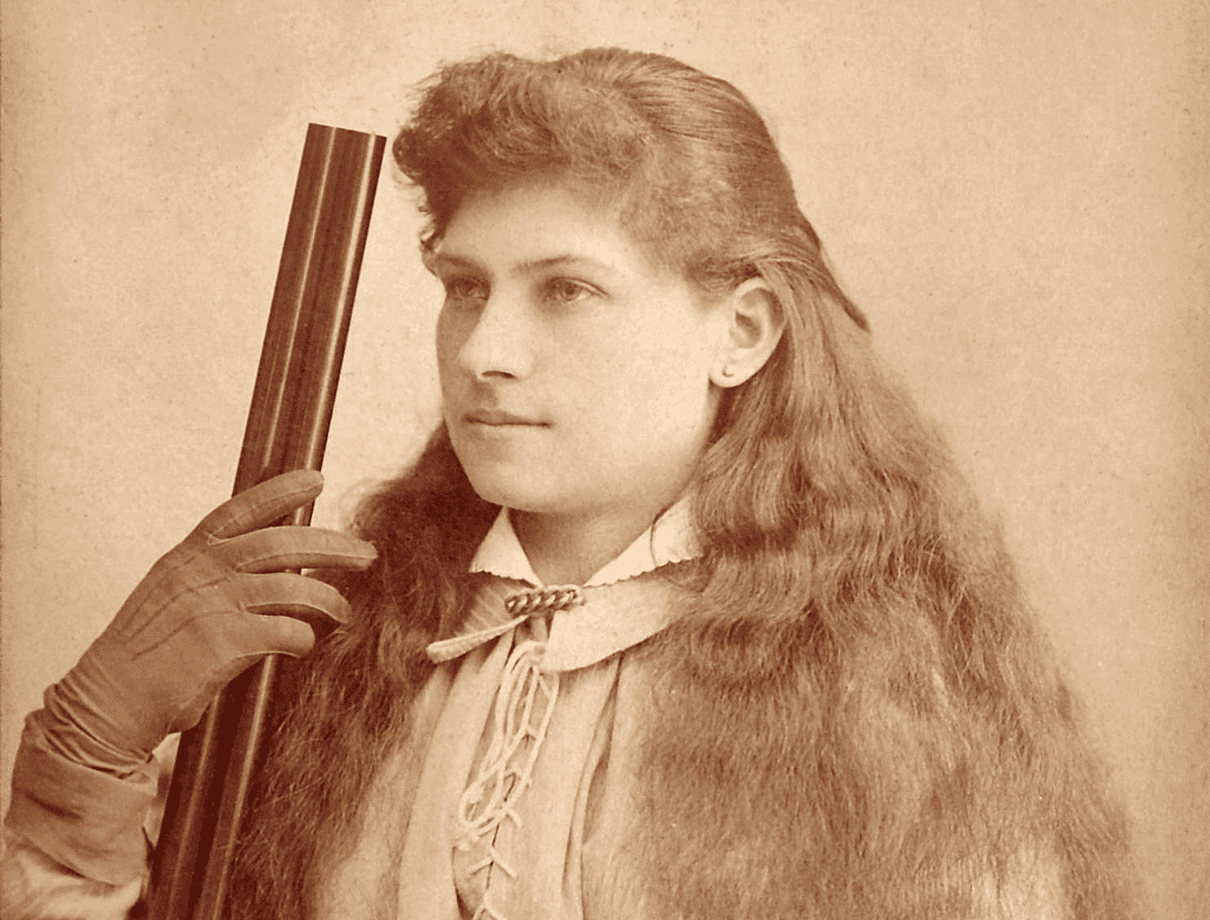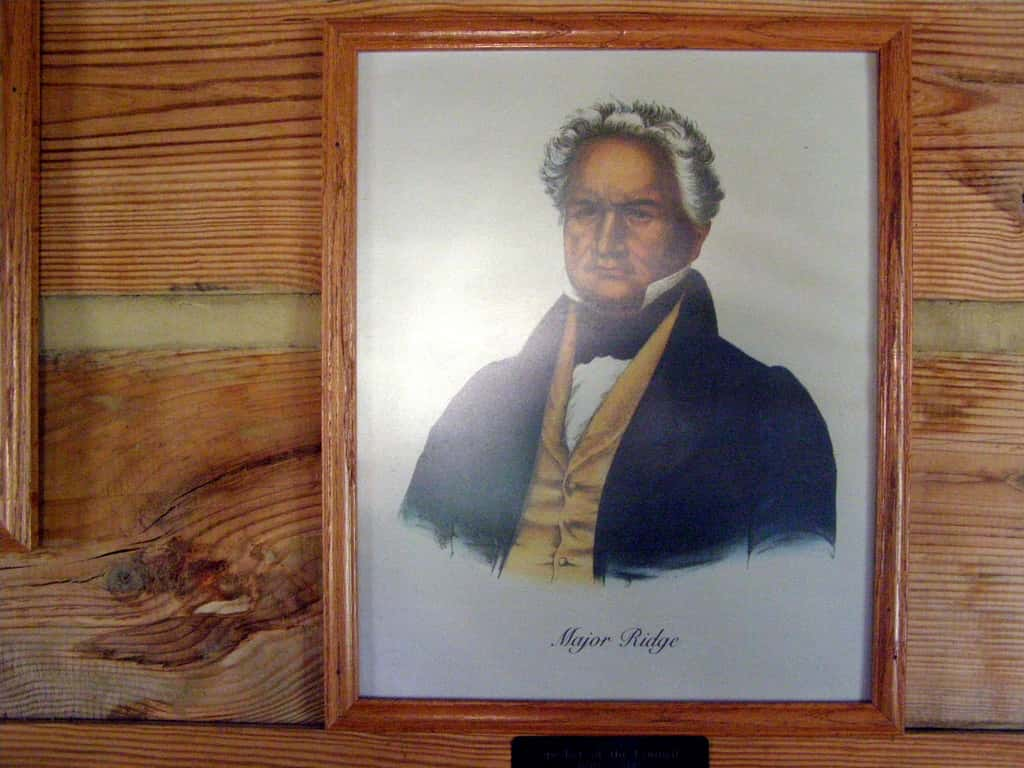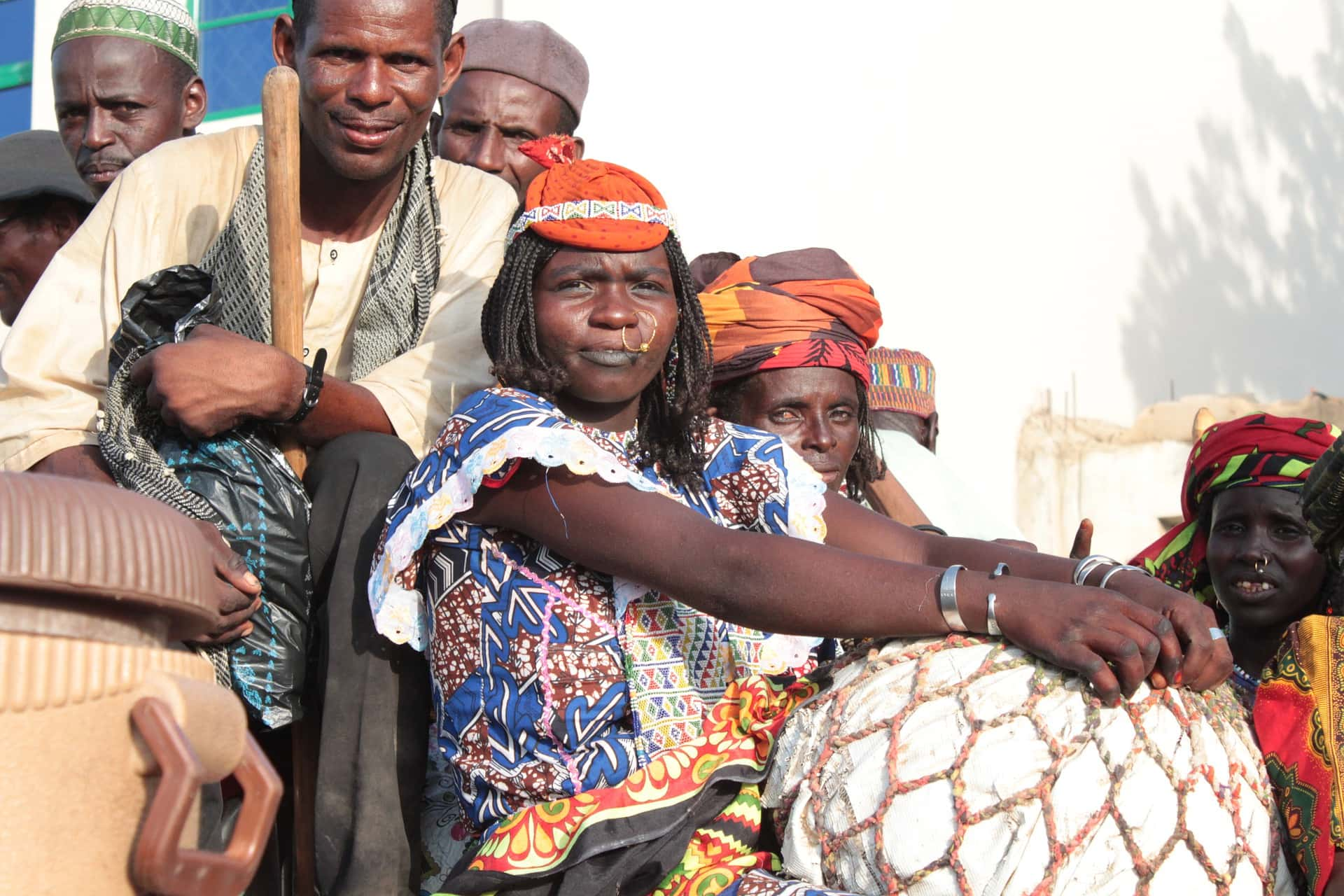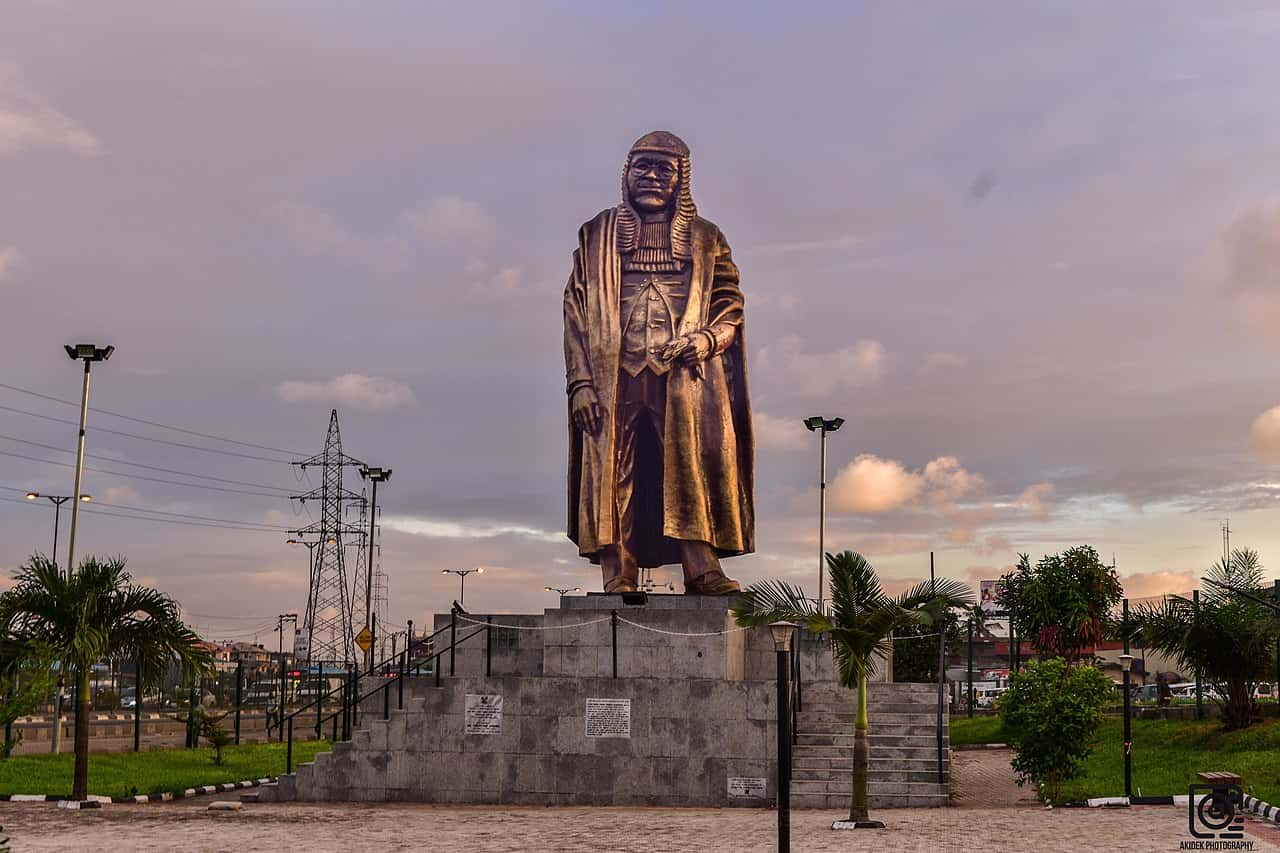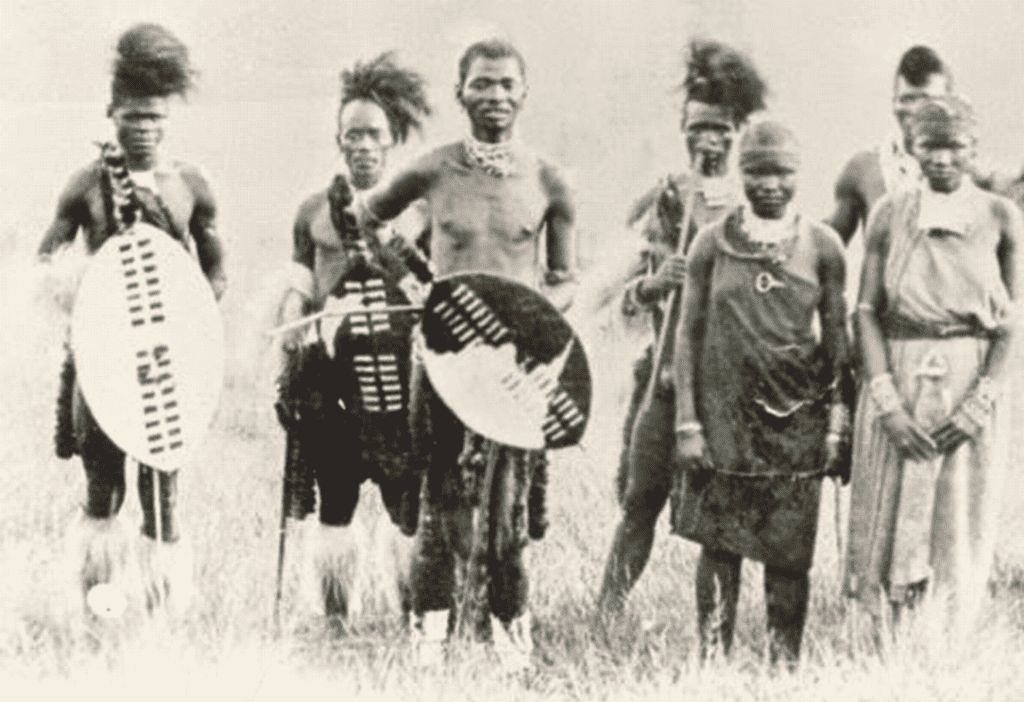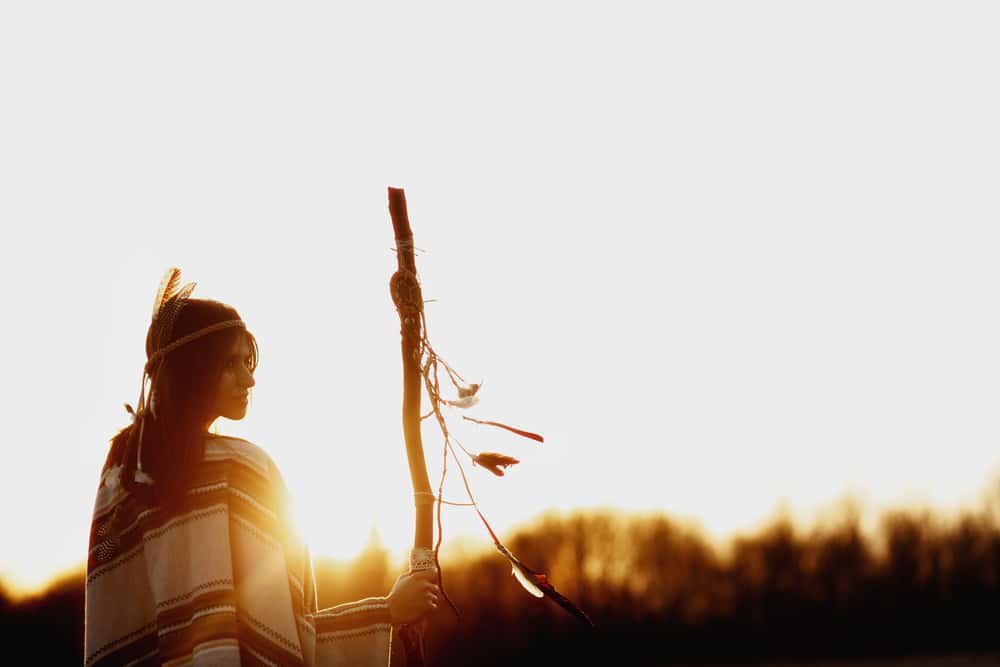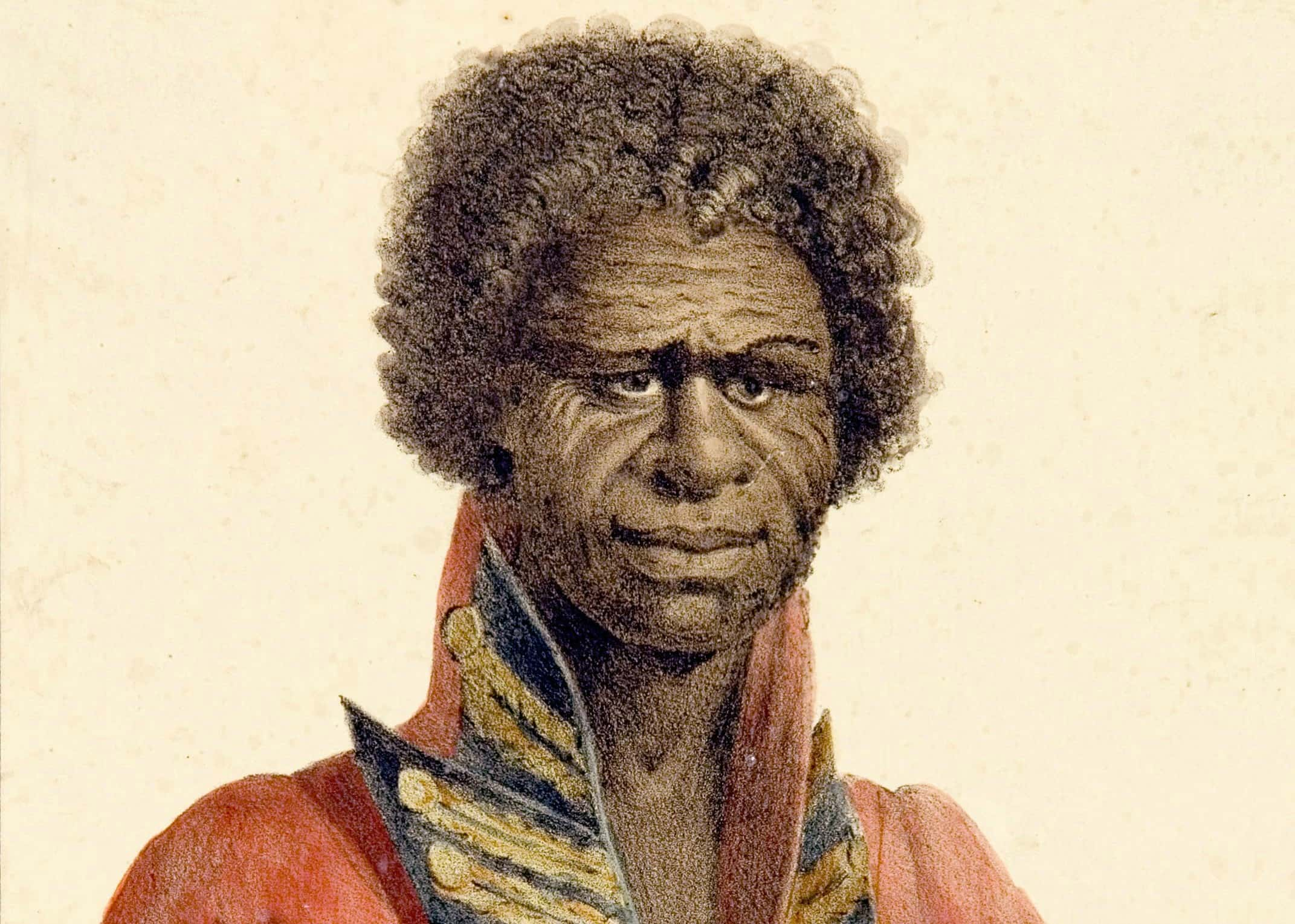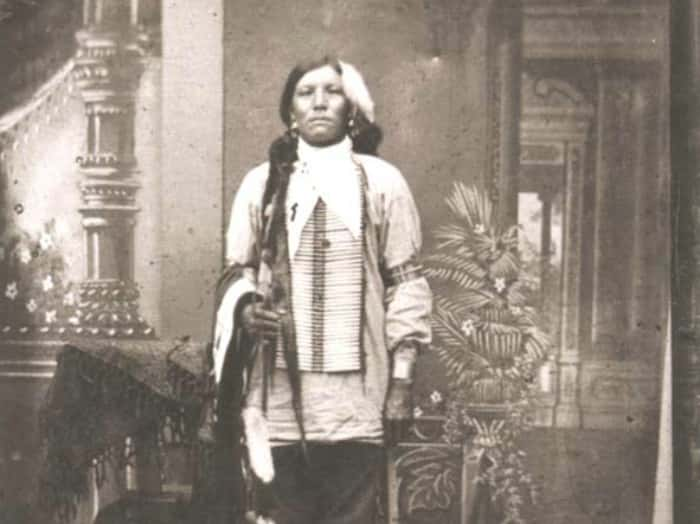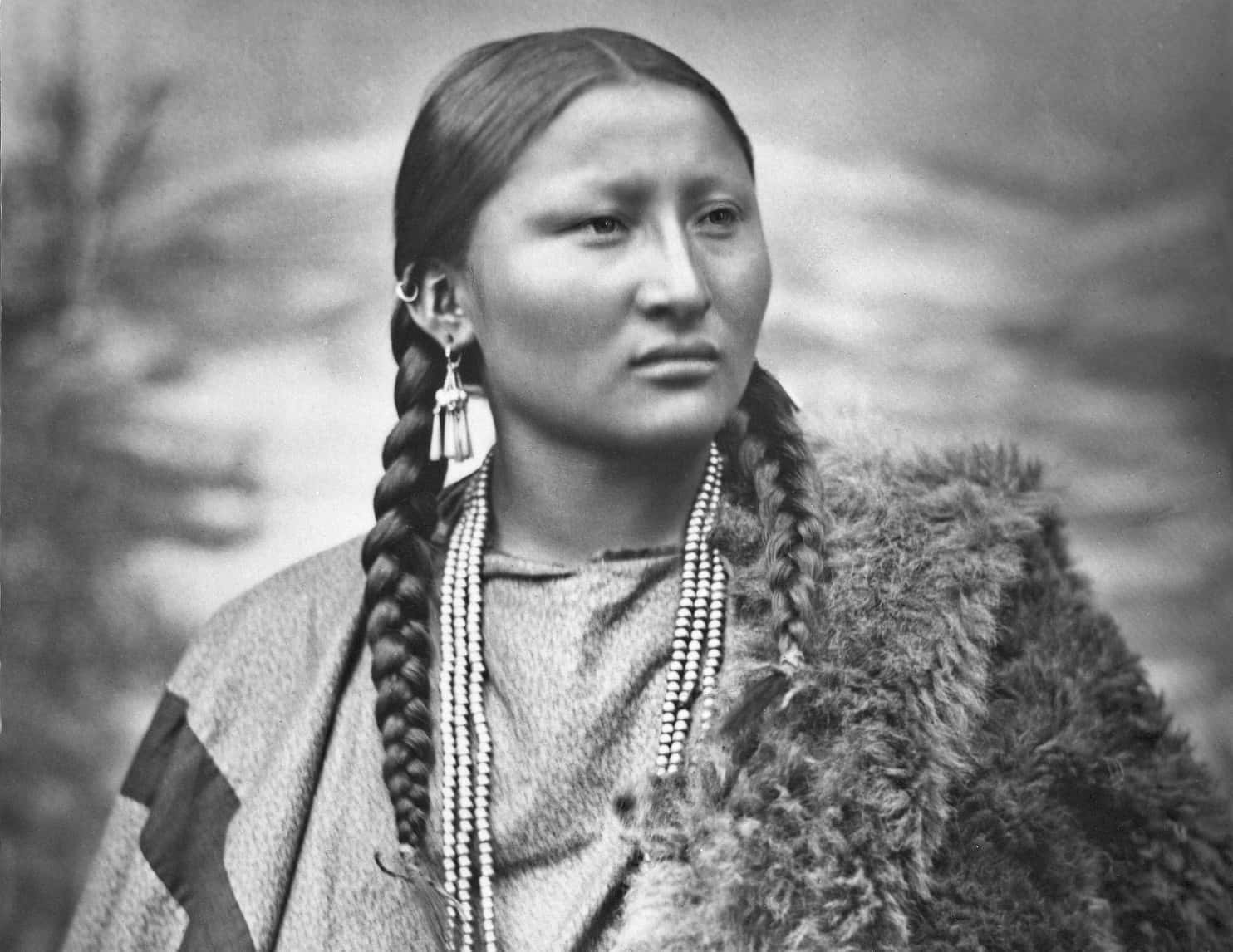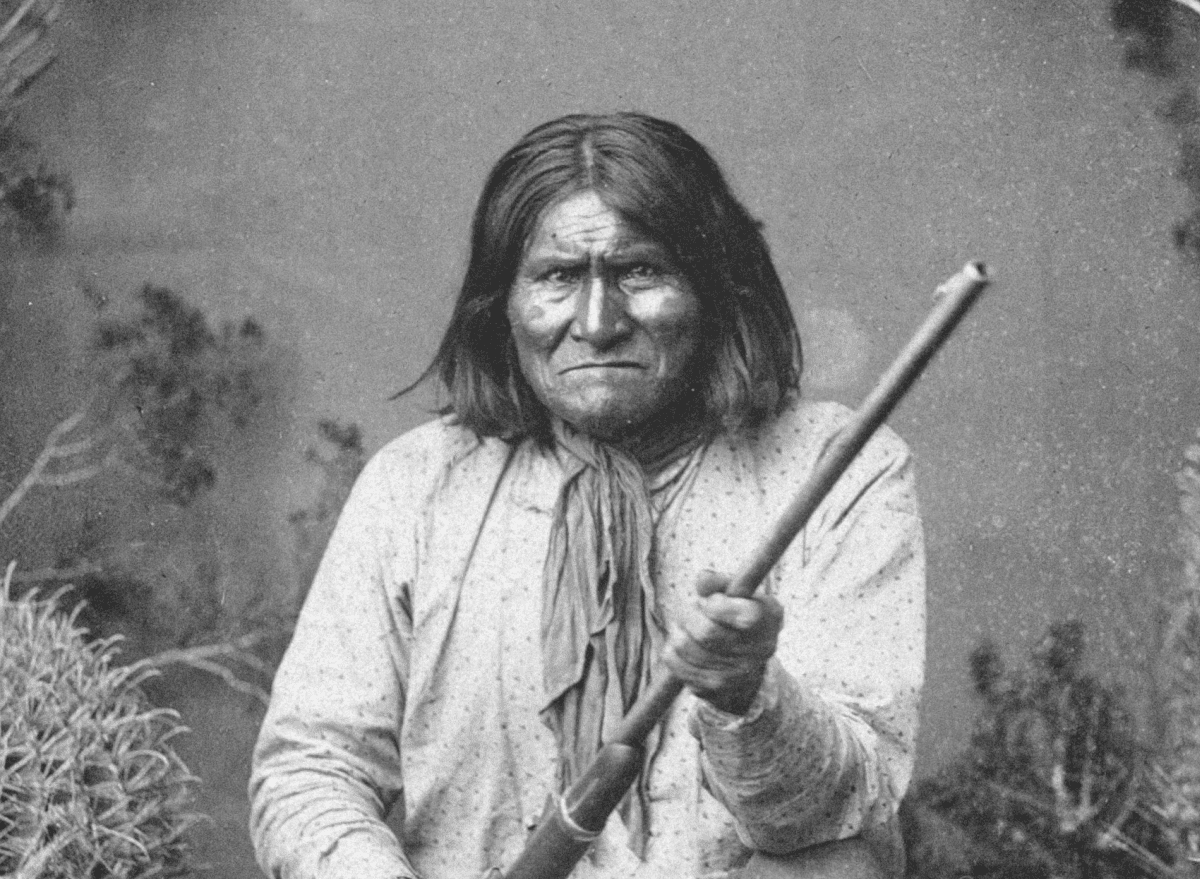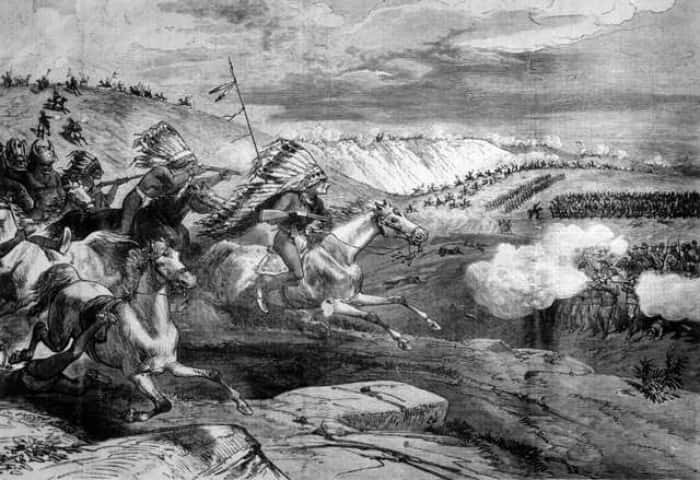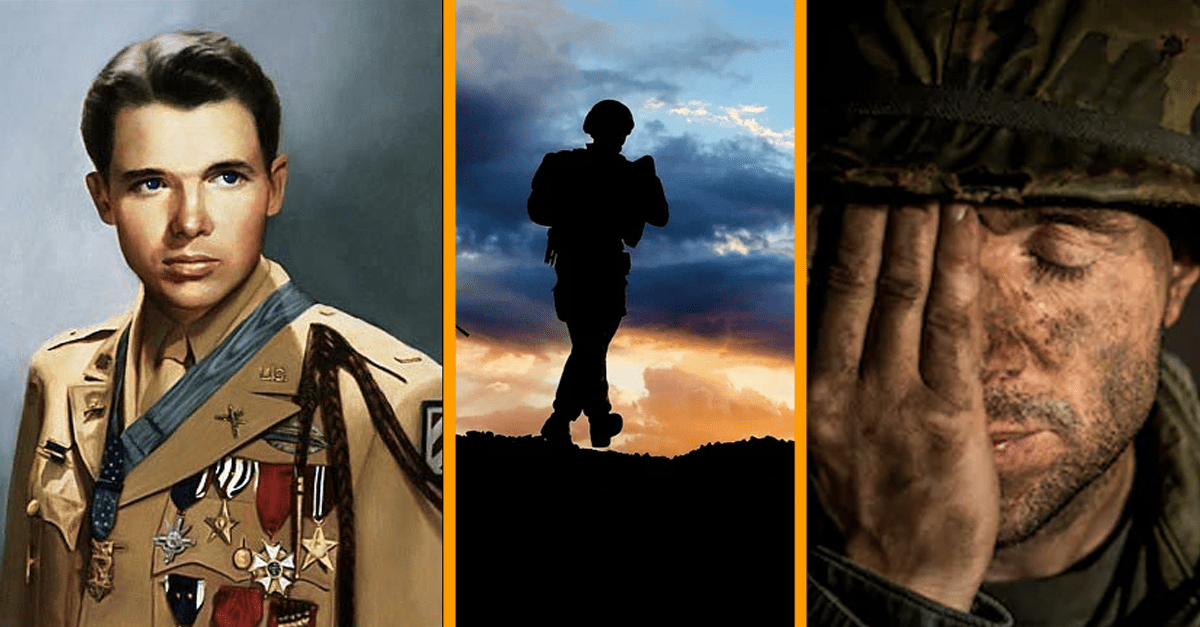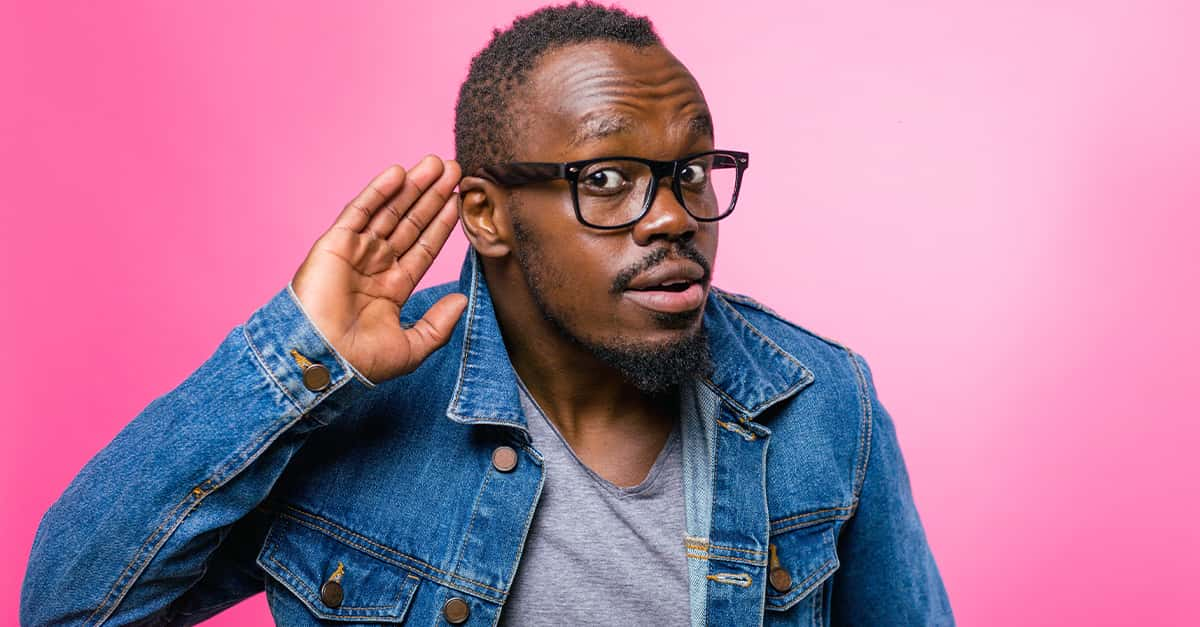The history of Aboriginal and Indigenous people has long gone seriously under-reported by colonial historians. There have been many European leaders who have served as inspirational figures to their people, but rarely do we hear about such Indigenous and Aboriginal leaders, and it's about time we changed that! So here are 43 facts about some of the most amazing Aboriginal and Indigenous Chiefs throughout history.
Tribal Chieftains Facts
43. Balance of Power
Contrary to what one might think, the position of chief in North American tribes is rarely hereditary. Chiefs are usually chosen by the tribe members because they are expected to be strong and efficient leaders. They also do not have to be men, as there are many examples of women being named tribal chiefs.
42. What’s Up Down Under?
Similar to in North American Indigenous tribes, the Aboriginal people of Australia have generally not been ruled by hereditary chiefs either. Community elders have usually held sway, and their societies are usually together by strict rules and ceremonies. But that's not to say that all Indigenous Australians can be lumped together; it’s been estimated that before the Europeans ever set foot on the southern continent there were 250 distinct tribal nations, and each of those not only had at least one language but also up to 30 clans.
41. Just Say No
Elijah Harper was elected Chief of the Red Sucker Lake community in Manitoba, Canada, and he also won the Rupertsland riding as a member Canadian New Democratic Party, becoming a Member of Parliament. In 1990, Prime Minister Brian Mulroney proposed the Meech Lake Accord, which was meant to be an amendment to the Constitution to persuade Quebec to accept the Constitution Act. However, it did not add any amendments for First Nations people, which many, including Harper, took issue with. In a move which brought Mr. Smith to Washington, so to speak, Harper began a filibuster which prevented the Accord from passing in Manitoba before the deadline. Thanks to Harper standing up for his tribe, and for all First Nations people, the Meech Lake Accord was stopped.
40. Want a New Name? Work for it!
In North America, naming customs were far different from European ones, the big difference being that names were encouraged to change. Children were given descriptive names, but which focused on them specifically as children. By the time they were adolescents, they’d be given new names when they earned one through new experiences or successes, and adulthood came with chances to earn yet more new names.
39. Raised a King
In the late 18th century, a Mthethwa chief, Dingiswayo, took a young man named Shaka Zulu under his wing. The young man was illegitimate, driven from his father’s people, and had already lived through famine and assassination attempts. Dingiswayo mentored him while he was combining traditional war tactics with the newer ideas he gained from encountering Europeans. When the time came, the young man went back to his home tribe, in an alliance with Dingiswayo, and attempted to take leadership. Sadly, Dingiswayo would be captured and killed during the war, but his former student avenged his mentor’s death. From there, Shaka Zulu took Dingiswayo’s lessons to heart and would go on to become the most powerful Zulu king of all time.
38. A Woman’s Right to Marry
In Canadian history, the Indian Act determined that if an Indigenous woman married someone of non-Indigenous status, she and her children would lose the right to their own status as Indigenous. Strangely, it didn’t apply to men who married women outside of Indigenous status. This lasted until 1985, when Sandra Lovelace Nicholas of the Maliseet tribe fought to have that part of the Indian Act revoked. While not technically a chief, Nicholas has been called a leader forIndigenous people due to her work as an activist, and also being the first Indigenous woman who has been elected to the Canadian Senate.
37. Family Tree Trouble
The Tswana tribe of Botswana is divided into three main branches, the Bakoena, Bangwaketse and the Bamangwato tribes, whose formation goes back to the 17th century. The Tswana Chief Molope had three sons, Koena, Ngwaketse and Ngwato, who couldn't all share their father’s lands, either due to overpopulation or drought. They each left to find their own homes, forming each arm of the Tswana tribe. No word on how that final conversation with Dad went.
36. "The Buffalo Whisperer" Wasn’t a Thing Yet
Pîhtokahanapiwiyin, also known to white historians as Poundmaker, was a chief of the Plains Cree during the early years of Canada’s graduation from being a bunch of colonies to a nation. He was called Poundmaker was because he was skilled at luring herds of buffalo into corral-like traps known as "pounds." The buffalo would normally have to be driven to stampede into the pound, but Poundmaker would simply sing a song while playing a drum, calmly leading the lead buffalo, and the rest of the herd, into the pound with him.
35. Exchange Program Gone Mad
The Cree chief, Piapot, also known as Payipwat, got this name because when he was a youth, he had been captured and adopted by a Sioux tribe. He was educated in their ways until he was re-captured by the Cree and restored to his home. They gave him the name Payipwat, which translates to “One who Knows the Secrets of the Sioux."

Sign up to our newsletter.
History’s most fascinating stories and darkest secrets, delivered to your inbox daily. Making distraction rewarding since 2017.
34. Rule Through Mom’s Family
In northern Angola, the Songo tribe’s chiefs inherit their positions through matrilineal lines. As a result, when boys reach the age of five or six, they aren't raised by their fathers but are instead sent to live with their uncles on their mother’s side.
33. Let’s Dance
On the first of January, 1889, the religious leader Wovoka of the Paiute tribe received a spiritual vision which led him to promote the Ghost Dance—a ritual during which a traditional round dance is fervently performed in order to resurrect the spirits of the dead, drive off white invaders, and spread peace and prosperity across the land. Because Wovoka was highly respected (he was said to form icicles with his hands and light his pipe with the sun) the Ghost Dance spread quickly amongst various tribes. This ceremony deeply incensed white Americans, and they (of course) resorted to violence to suppress the Ghost Dance Movement.
32. Sexism in South Africa
A growing number of rural communities in South Africa find themselves ruled by female chieftains after Nelson Mandela pushed for the Traditional Governance and Leadership Framework Act to eventually be passed in 2004. This act made it law that at least a third of all traditional councils must be women. However, many of these female chiefs live in fear of their lives, as several have been murdered by men who resent being ruled by a woman, even if she was born into it.
31. You Guys Got My Back
In West Africa, the chieftains of the Akan tribe have always had an entourage of several key members. This includes a priest or priestess who traditionally advises the chieftain on when to declare war and when to marry, and a girl known as a "stool wife," who sits in front of him on a stool (though polygamy is still legal, the position has become more symbolic in recent years). Finally, a linguist is always present to communicate the chieftain’s wishes and words to the public, as the chieftain does not do his own public speaking.
30. Late Bloomer
Dan George, the Chief the Tsleil-Waututh Nation (then known as Burrard Indian Band) in British Columbia, was 60 years old when he landed his first acting gig, though he had already lived quite the life. He'd endured the horrors of residential schools and then had spent his life working as a logger and a longshoreman, before making a name for himself as a poet. With acting came new fame, however, and a chance to promote more favorable views towards Indigenous people in films. At age 71, he was nominated for an Academy Award for acting opposite Dustin Hoffman in the film Little Big Man.
29. More Influential Than You Think
Contrary to what people believe, the power structures of the Indigenous tribes were incredibly influential to how the 13 Colonies (later the United States) put together their own government. The US Senate acknowledged how the Iroquois Confederacy and its democratic principles served as a primary influence on the US government and the Constitution. This may be because the colonists regularly went native. No less a figure than Benjamin Franklin remarked that “No European who has tasted Savage Life can afterward bear to live in our societies.” The redesign of the United States after the American Revolution can thus be seen as partly an attempt to stop people from abandoning it for a superior lifestyle among the Indigenous tribes.
28. Lineage Longevity
Even into the 21st century, many parts of rural Africa are still made up of communities which are led by hereditary chieftains. These traditional leaders often play a large role in politics by encouraging their people on which candidate has their best interests, and their influence actually leads governments to be more reactive to the needs of rural communities.
27. I Am the Lord and God
In the culture of the Beti-Pahuin people, clan chiefs are not only a political power, but they are also the religious authority for their people. These lines of authority have been both patrilineal and matrilineal, depending on which specific clan you're talking about.
26. Great Title!
For the leaders of the Dinka clans along the Nile River, it isn’t enough for the chieftains to be in charge of the clans’ rituals. These chieftains are also known as the beny bith, which means "master of the fishing spear." Gotta say, that's a little catchier than "President" or "Prime Minister" or what have you.
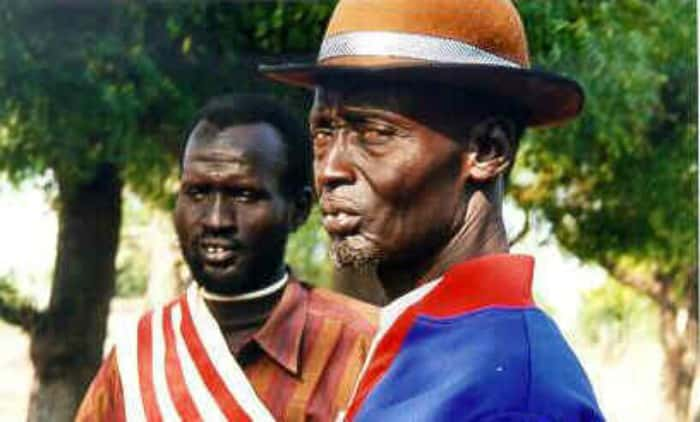 Wikimedia Commons, William O. Lowrey
Wikimedia Commons, William O. Lowrey
25. Bussa Won’t be Bossed Around
Bussa was a free man when he was born in West Africa, but he was captured and sold into slavery. He was taken to the island colony of Barbados, where he was made to work as a driver and ranger. This gave him more mobility than slaves were usually allowed, so he was able to plan a revolt. Assuming leadership, Bussa led 400 men and women against British forces in 1816. Sadly, Bussa was killed in battle, and his rebellion was defeated, but it was the largest rebellion in the history of Barbados. Along with similar revolts on Jamaica and Demerara, Bussa’s rebellion became a driving force for British abolitionists who believed that slavery was immoral. Bussa’s efforts are celebrated in Barbados to this day.
24. Oh Snap!
Tecumseh has gone down in history as one of the most charismatic and powerful leaders in the history of Indigenous dealings with the Europeans, spending much of his adult life trying to unite the tribes against their common enemy. Known for his speeches, Tecumseh famously compared white people to “poisonous serpents: when chilled they are feeble and harmless, but invigorate them with warmth and they sting their benefactors to death.” Sadly, history proved him to be more or less on the nose about that.
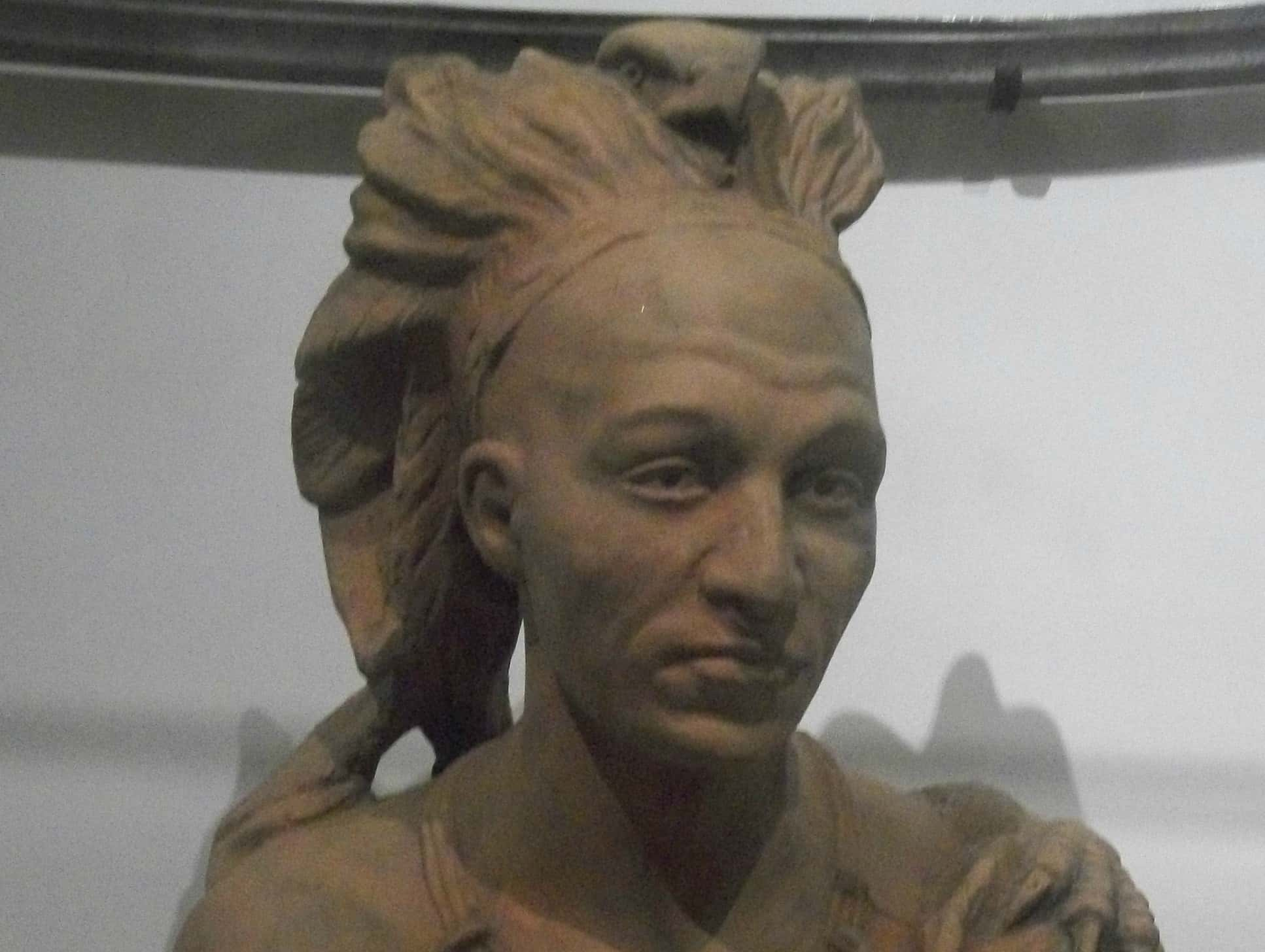 Wikimedia Commons, Deinocheirus
Wikimedia Commons, Deinocheirus
23. So Who’s Batman This Time?
During a time of crisis, whether it’s a slave raid or an oncoming war, the Banda people of Central Africa would elect a war chief to steer them through the crisis. When the wartime was over, the war chief would relinquish his powers, presumably because the Banda tribes had watched The Dark Knight and wanted to avoid them living long enough to become villains.
22. Bitter Last Words
Chief Red Cloud was an important Lakota chief who was so efficient in warfare that the US fought a war against him and his people which was literally called “Red Cloud’s War.” Unfortunately, it was a war which Red Cloud and the Lakota would lose, and Red Cloud ended his days as a baptized Christian on a reservation which was steadily cut up by the government. He was quoted as remarking "They made us many promises, more than I can remember. But they kept but one—They promised to take our land ... and they took it."
21. Undefeated King
Going from chieftain to king in his own lifetime, Moshoeshoe of Lesotho was not a force to be underrated, with a shrewd mind for diplomacy and warfare. In order to obtain European guns for his army, he welcomed missionaries into his kingdom. He was initially welcoming to Dutch Boers who sought farming territory in the 1830s, but when they refused to recognize his authority, they went to war. Throughout thirty years of conflict, Moshoeshoe played to the British dislike of the Boers, eventually making his kingdom a British protectorate in 1868. He died with his kingdom intact, having never suffered a major military defeat.
20. No, His Name Wasn’t Simba
Sechele was the son of a Kwêna chief, but his father died when he was a child, after which his two uncles took charge. Sechele fled into the desert with his followers and eventually married a chief’s daughter named Mokgokong while in exile. Eventually, he returned and assumed leadership of his tribe, presumably after roaring triumphantly as his uncles were fed to their former hyena friends.
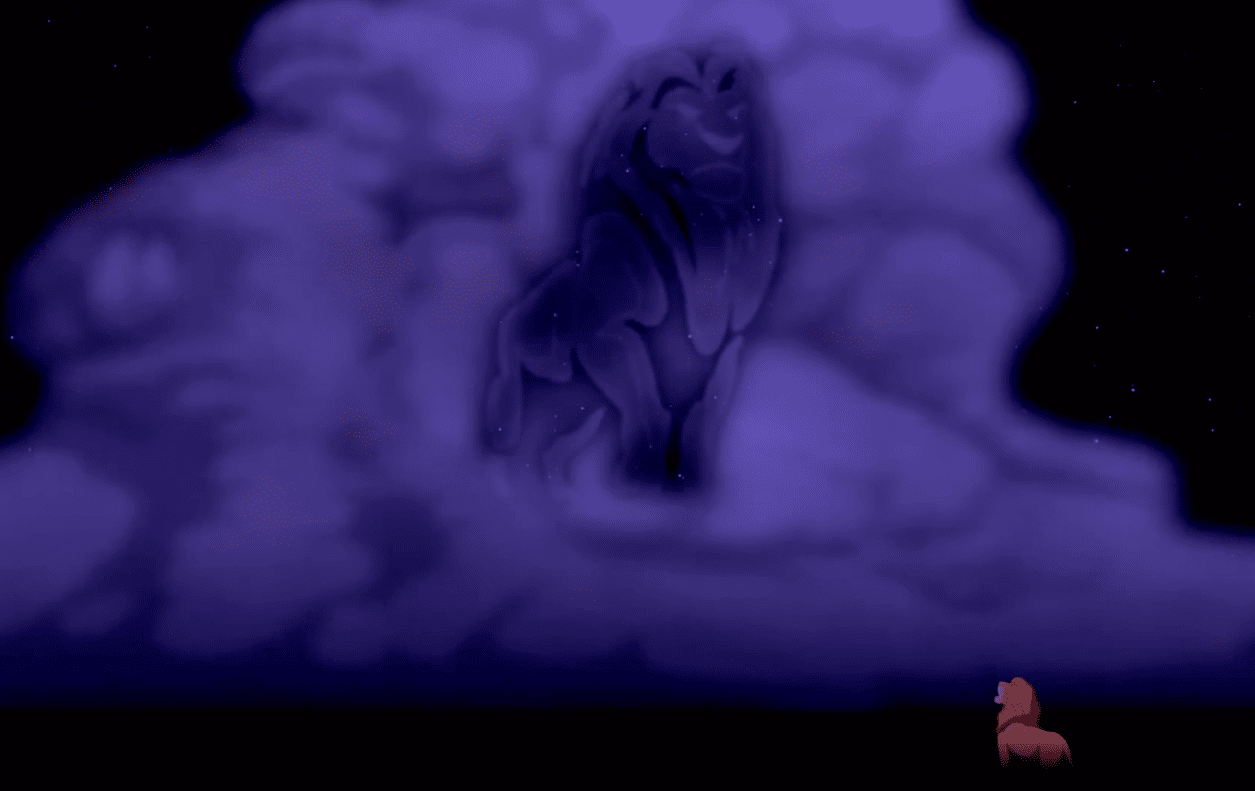 The Lion King, Walt Disney Pictures
The Lion King, Walt Disney Pictures
19. Admired by Friends and Foes
Chief Joseph of the Nez Perce people has been held up as a brilliant military leader known for his skilled rhetoric. And yet, even though he was touted by white historians as the "Red Napoleon" (not the greatest way to compliment someone, but I guess for back then that was as good as it got), Joseph’s main goal throughout his interactions with the US military was peace. Unfortunately, "peace," for the white people, meant "kick these Indians out." Joseph’s tribe resisted for as long as they could but eventually were forced to surrender.
18. From Rebel to Roadshow to Retirement
Gabriel Dumont was a Métis leader best known for his friendship and alliance with iconic revolutionary Louis Riel. The two were at the heart of the Northwest Resistance of 1885. Dumont proved to be an able warrior and leader during the battles, but numbers and technology were two advantages that the Canadian government had over him. Dumont escaped capture, eventually joining Buffalo Bill Cody’s Wild West Show, using his marksmanship for entertainment purposes rather than for war. By the 1890s, he was able to return to his old home near Batoche, Saskatchewan, and lived peacefully until his death in 1906.
17. What’s He Saying?
Another Indigenous man who traveled with Wild Bill’s show was none other than Sitting Bull himself. After years of war, exile in Canada, and eventual surrender to authorities, Sitting Bull toured parts of the US and Canada as part of the Old Western entertainment company. Sitting Bull was a popular attraction for the show, and he took the time to make many speeches about the need for education and the reconciliation of white and Indigenous peoples. Of course, many historians recorded that he also took the time to curse his white audiences in his native Lakota language, while they were none the wiser. Of the small fortune he made on the tours, Sitting Bull was noted to often give his money away to homeless people he encountered along the way.
16. Annie & the Bull
One person that Sitting Bull met during his tours and travels was renowned sharpshooter Annie Oakley. Oakley’s incredible skill with a pistol amazed Sitting Bull, and convinced him that she was blessed by a supernatural force of some sort. For her part, Oakley had a profound respect for the old chief, and when he symbolically adopted her in 1884, she didn’t contradict him. She ended up using his name for her—Little Sure Shot—for the rest of her career.
15. Fighting on Whose Side?
Not all Indigenous people fought against the Europeans. Although he did initially fight against white settlers as a warrior during the Cherokee-American Wars, a Cherokee chief named Major Ridge found himself in an alliance with Andrew Jackson during the Creek and Seminole Wars. In gratitude for his tribe’s assistance, Jackson and the other white Americans pressured the Cherokee to give up their land and relocate west. The subsequent forced march was later called the Trail of Tears.
14. Sensitive Subject
In 2009, the Civil Rights Congress of Nigeria publicly urged the tribal chiefs of their country to apologize on behalf of their ancestors’ involvement in the slave trade, which led to millions of Africans being shipped across the world to the Americas. Working with Europeans, several chiefs would allegedly launch raids on their enemies, capture candidates for the slave trade, and sell them to the slavers.
13. Under House Arrest
Albert Lutuli, also known as Mvumbi in his native Zulu, was elected chieftain of his people by election. While he held this title, he also joined the African National Congress to fight against discriminatory laws in South Africa. The apartheid-minded government responded by stripping him of his chieftain title and forbidding him the right to travel beyond a 15-mile radius of his own home. The ban was lifted for ten days in 1960 so he could travel to Oslo and accept his Nobel Peace Prize. He was the first person of African descent to receive the honor.
12. The Nigerian Atticus Finch
Gani Fawehinmi was the son of a chief in Nigeria and inherited his father’s title. He also became a lawyer, spending his career pursuing justice and opposing corruption and human rights violations. He was arrested and abused by his own government on several occasions, while one of his clients, a journalist, was killed by a bomb. None of this stopped him from his crusade, and he was highly popular in Nigeria. Near the end of his life, Fawehinmi was offered the prestigious Order of the Federal Republic, but he turned it down in protest of the many years of misrule by the Nigerian government.
11. His Legacy Lives
In 1906, the Colony of Natal imposed harsh taxes upon the Zulus living in the area. Outraged, the Zulu chief Bhambatha refused to take it lying down. When 150 men were sent to arrest him, they were caught in an ambush and driven off. The Natal government then sent thousands of soldiers in response. Over 3,500 people were killed during the rebellion, including Bhambatha. However, his example remained as an inspiration for the anti-apartheid movement in South Africa many years later.
10. For Better or Worse
Sycuan tribal elder Anna Prieto was determined to bring prosperity to her tribe, and her solution was to bring legal gambling to her reserve. In 1983, the Sycuan Bingo Palace was opened on the Dehesa Valley reservation. Prieto had spent years devoted to making it happen, and in the spirit of her support for unity among the tribes, others followed her example to open gaming centers on their own reserves. However, she would go on to lament that the affluence that came with the gaming centers wore away at tribal traditions and culture. Nevertheless, the fact remains that she did a great deal for her people, standing as an inspiration amongst Native Americans across the country.
9. Traveler and Tour Guide
Bungaree was a community leader of the Kuringgai tribe in Broken Bay, Australia. In 1798, he joined Matthew Flinders on a coastal survey. Bungaree served as the interpreter and negotiator with the tribes that they found along the way. He was so key to the expedition that, when Flinders embarked on a voyage around the Australian continent a few years later, he brought Bungaree with him once again. Not only did he allegedly rescue the expedition from disaster on several occasions, he also helped Flinders make the first complete map of Australia.
8. It’s a Hobby
In 1815, after his travels, Bungaree was given 15 acres of land by the Governor of Australia, and was presented with several military and navy uniforms. Bungaree became a well-known sight to the settlers of colonial Sydney, and he used this fame to educate Australians on the culture of his people. Sadly, Australian history proved to be incredibly unkind to the Aboriginal population, despite Bungaree’s efforts.
7. Narrow Escape
Chief Crazy Horse has gone down in US history for participating in such battles as Little Bighorn. But what’s less known is that before all that, he very nearly met an awkward end. In 1870, he met with a lady named Black Buffalo Woman, who happened to be married to a bit of a loser named No Water (we’re sure that’s not a metaphor). No Water tracked them down to Crazy Horse’s tent and aimed his pistol to kill him. However, Crazy Horse’s cousin happened to be nearby and deflected the gun so that it hit Crazy Horse’s jaw, avoiding a lethal shot. No Water was chased away, the feud was later settled without further violence, and Crazy Horse lived long enough to give the US army a bloody nose or two.
6. Whose Last Stand Was It?
For nearly two centuries of American history, the 1876 Battle of Little Bighorn was presented as General Custer’s valiant last stand against a horde of savages, despite the fact it was Custer's ludicrous incompetence that got him into that position in the first place. Unfortunately for the Indigenous whom Custer fought, it proved to be their last hurrah, as the US government used the battle to mobilize against them. Custer and his men became martyrs for the white man’s cause, and as the years went on, the Native American tribes simply did not have the strength or resources to keep up the battles forever.
5. Now That’s a Long Memory
Despite her name, Pretty Nose was no dainty lady. She was an Arapaho war chief who not only witnessed the Battle of Little Big Horn, but actively participated in it. Many years later, her grandson, Mark Soldier Wolf, served in the Korean War. Pretty Nose would live long enough to welcome him home in 1952. She had, by that point, reached the ripe old age of 101.
4. Whatcha Gonna Do Now?
When the European powers began colonizing Africa, they had to contend with the tribes’ established power structures, but they were truly astonished and frustrated when they came across the Tiv people of West Africa. Unlike most other tribes, the Tiv people had no chiefs or authority of any kind. Leadership was based on age and influence rather than a centralized government which the British could replace.
3. Rose Up From the Ranks
Contrary to popular belief, the famous Indigenous warrior known as Geronimo was never a chief. His skill at arms and mind for military matters simply drew people to take his orders.
2. She Turned Down the Name “Rides Like a Renegade”
The Battle of the Rosebud is only called that by American historians; In the Cheyenne oral histories, it's called the Battle Where the Girl Saved Her Brother. When the warrior chief Comes in Sight was wounded and left on the battlefield by the retreating Lakota and Cheyenne, his sister, Buffalo Calf Road Woman, rode straight into the battle and brought Comes in Sight to safety. This action was said to have rallied her people to successfully repel the American attack. Buffalo Calf Road Woman would go on to marry a warrior named Black Coyote and ride alongside him at the Battle of Little Bighorn, where she allegedly knocked General Custer off his horse.
1. Better than Being Called "Lazy," I Guess
In one of the most famous examples of a name being earned, a child in the Lakota tribe was named Jumping Badger, but was better known by the nickname "Hunkesi," meaning "slow," given the boy’s nature. Later, at 14, Hunkesi joined a warrior party with his father and uncle. While raiding a Crow camp, Slow displayed such bravery that when they returned, his father held a feast in his son’s honor and gave ol "Slow" his own name, which translates to "Buffalo Bull Who Sits Down." By the time that teenager became leader of the Sioux Nation, his name was shortened to its most famous form, Sitting Bull.
Sources: 1, 2, 3, 4, 5, 6, 7, 8, 9, 10, 11, 12, 13, 14, 15, 16, 17, 18, 19, 20, 21, 22, 23, 24, 25, 26, 27, 28, 29, 30, 31, 32, 33, 34, 35, 36, 37, 38, 39, 40, 41

